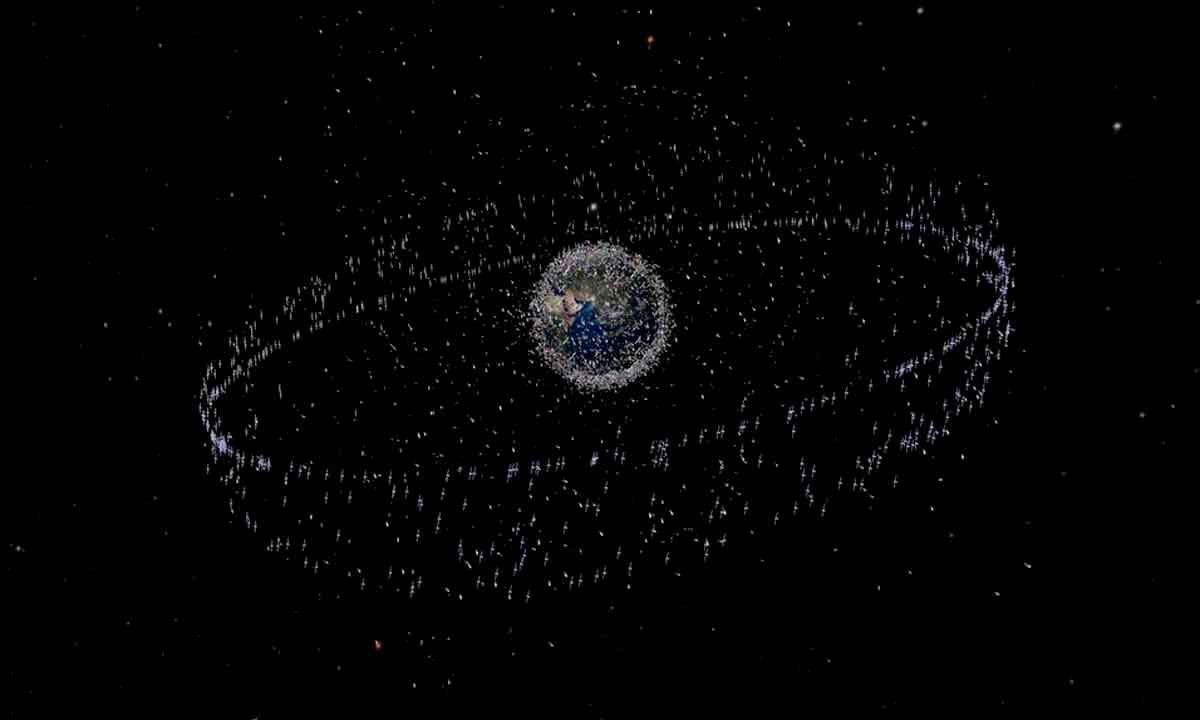
February has not started well for SpaceX or, to be more specific, for Starlink, the satellite Internet access service that the company has been deploying since January 2019, and according to currently available data it should have around 2,000 satellites in orbitof the 42,000 that it intends that, in the medium term, make up the super mesh of orbiters that provide access to the network that intends to compete, in price and performance, with broadband.
ANDSpace, idealized by many, is actually a rather hostile environment, the combination of atmosphere and magnetic field that surround our planet represent a barrier that protects us from many of the threats that we can find as we move away from the surface. But all satellites that go into orbit, even in low orbit, are exposed to part of these threats, which pose an even greater risk if they occur at critical times for said artifacts. And last week SpaceX learned that lesson the hard way.
As we can read on his website, last Thursday heFalcon 9 spacecraft launched 49 satellites that, once outside the SpaceX launch system, they had to independently make some position adjustments until they were correctly located within the Starlink satellite mesh. This operation takes place at around 210 kilometers above the surface of the Earth and, until now, this last phase had always been completed without major complications.
However, in last week’s mission this phase of deployment of the satellites coincided, unfortunately, with a geomagnetic storman event that can have various origins (such as a solar wind shock wave or a coronal mass ejection) and that directly affects the Earth’s magnetic field, substantially modifying the conditions that occur in regions of the orbit of our planet.
As a result of this solar storm, the SpaceX satellites that had to be deployed once outside the Falcon 9, met with much more resistance than usual. Specifically, according to their telemetry, Starlink artifacts would have faced 50% higher resistance to that which has been given in previous releases. Conditions in which the satellites could not operate normally to locate themselves properly and enter service.
As an emergency procedure, SpaceX activated the safe mode of the satellites. In it, these devices adopt a position that minimizes drag, thus facilitating their movement in non-optimal conditions. But it didn’t help either, according to the company. Finally as many as 40 of the 49 launch satellites were unable to reach their intended positionso that they have remained in low orbit and no longer able to recover, by their own means, what should have been their location.
According to the company, yes, there is no risk of the lost satellites colliding with each other or with other elements that are in low orbit, since they would be at a height that does not coincide with that of the orbiters of our planet. Although SpaceX has not provided concrete numbers, they state that part of the satellites would have already disintegrated when falling into the atmosphere of Earth, and the rest of them will suffer the same fate.
The design of the Starlink satellites causes, according to SpaceX, that they completely disintegrate if, for any reason (such as an incident like this at the end of its useful life), its orbit decays to the point of that fall on the atmosphere of our planet. Fortunately, this serves to prevent the already very worrying problem of space debris from continuing to increase.
However, this incident is one more reminder that any incident or natural phenomenon can substantially modify the conditions that occur in space. I assume that, from day one, SpaceX is very aware of this, but even so, I wonder if this incident will translate into any kind of change in the company’s operations. And it is that the economic cost that this almost totally failed launch has been able to have, is undoubtedly a problem.




